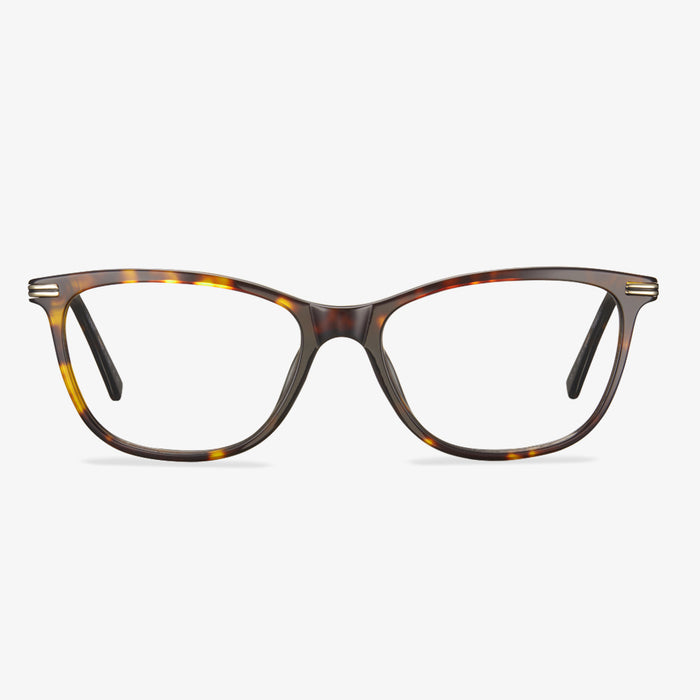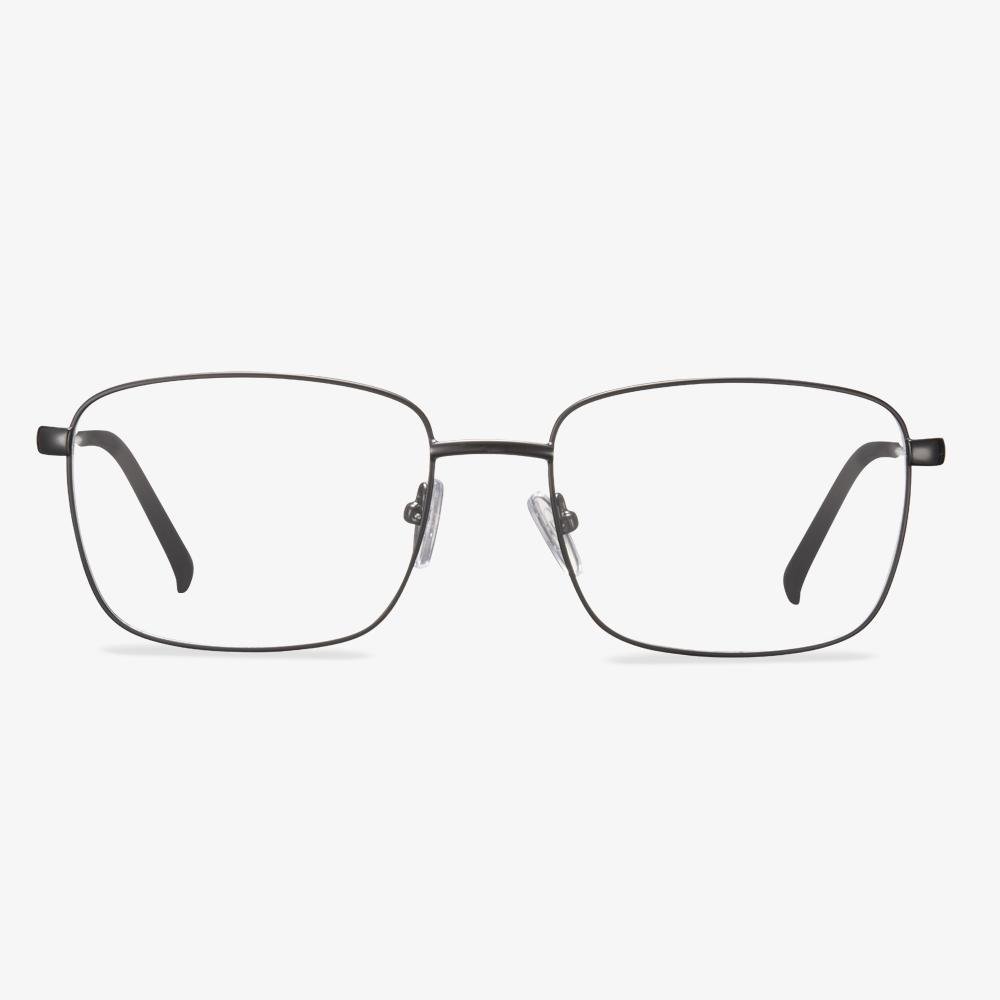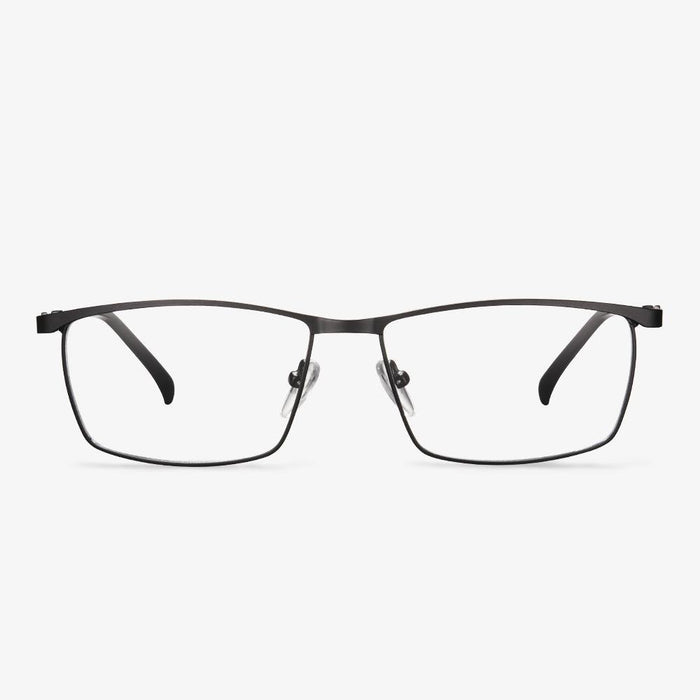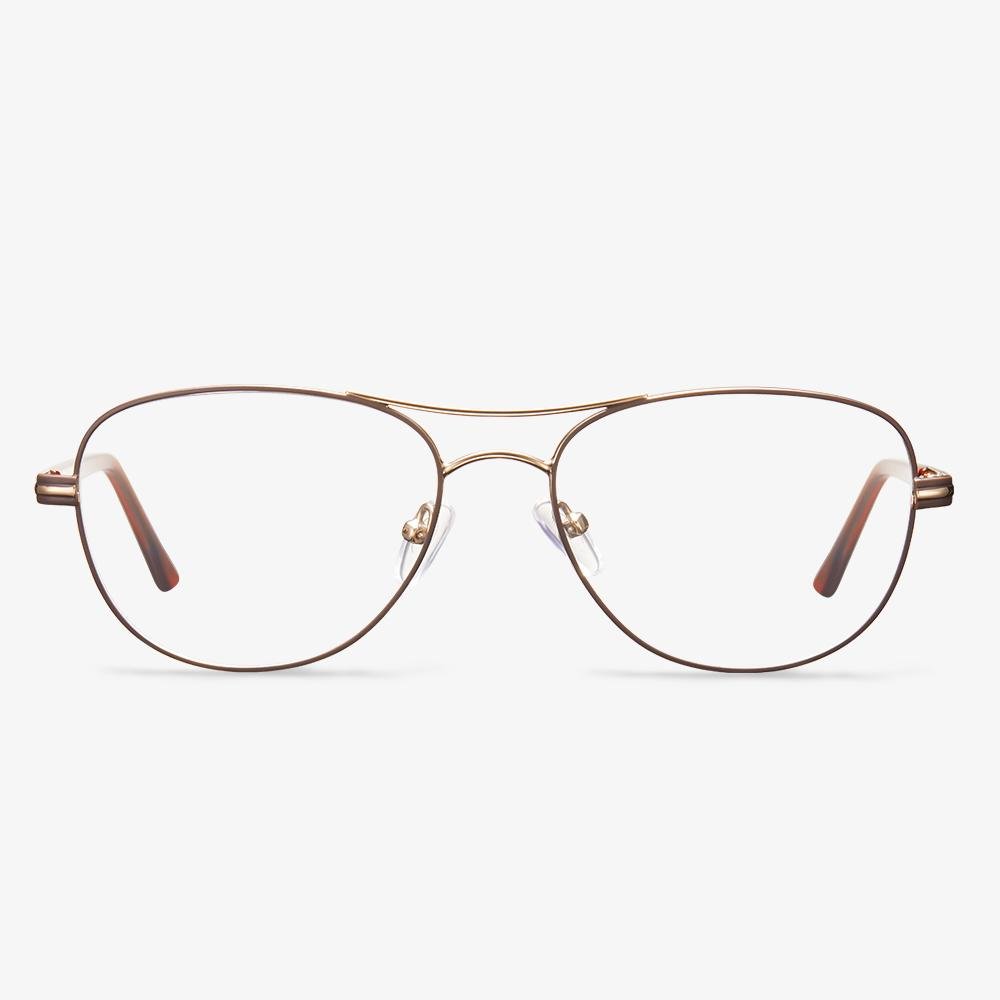Understanding Progressive Spectacle Lenses
Progressive spectacle lenses are a sophisticated solution designed to provide seamless vision correction for multiple distances. Unlike single vision lenses, which have a single prescription for either near or distance vision, progressive lenses incorporate three prescriptions into a single lens:
Distance Vision: The upper portion of the lens offers clear vision for distant objects, such as road signs or television screens.
Intermediate Vision: The middle section of the lens is optimized for tasks at an intermediate distance, like using a computer or reading sheet music.
Near Vision: The lower part of the lens is dedicated to close-up activities, such as reading a book or sending text messages on your smartphone.
The key benefit of progressive lenses is the smooth transition between these vision zones, eliminating the need to switch between multiple pairs of glasses.
Factors to Consider When Choosing Progressive Spectacle Lenses
Selecting the best progressive spectacle lenses for your needs involves considering several factors:
Prescription: The complexity of your vision prescription plays a significant role in determining which progressive lenses are best for you. High prescriptions or specific visual anomalies may require more advanced progressive lens designs.
Lifestyle: Your daily activities and lifestyle are crucial. If you spend a lot of time on a computer or engage in other tasks requiring intermediate vision, make sure your lenses are customized to address those needs.
Frame Selection: The choice of eyeglass frames can affect the performance of progressive lenses. Consult with an optometrist or optician to ensure that your selected frames are compatible with the type of progressive lenses you intend to use.
Lens Design: Progressive lenses come in various designs, including standard, premium, and personalized options. Personalized lenses are customized based on your specific visual requirements and are often considered the best choice for optimal vision correction.
Adaptation Period: Be prepared for an adaptation period when transitioning to progressive lenses. The viewing experience may be different from what you're used to, and it may take a few days or weeks to fully adapt.
Budget: Consider your budget when choosing progressive lenses. While personalized lenses tend to be more expensive, they often provide the best visual experience.
Common Types of Progressive Spectacle Lenses
Standard Progressive Lenses: These are the most basic progressive lenses and are suitable for individuals with mild to moderate vision needs. They offer clear vision at different distances but may have smaller reading zones compared to premium options.
Premium Progressive Lenses: These lenses offer wider and more comfortable viewing zones, making them a popular choice for those who require precise vision correction. They typically provide better visual quality and reduced distortion.
Personalized Progressive Lenses: Tailored to your specific visual needs, personalized lenses provide the highest level of customization. They take into account factors like frame choice, prescription, and lifestyle to deliver the best possible vision correction.
How to choose the best progressive lenses for your vision requires careful consideration of your prescription, lifestyle, and budget. It's essential to work closely with an eye care professional to determine the right lens design and ensure proper fitting for your chosen frames. While personalized progressive lenses may be the ideal choice for many, the ultimate goal is to find lenses that offer clear, comfortable, and seamless vision correction tailored to your unique visual needs.







































